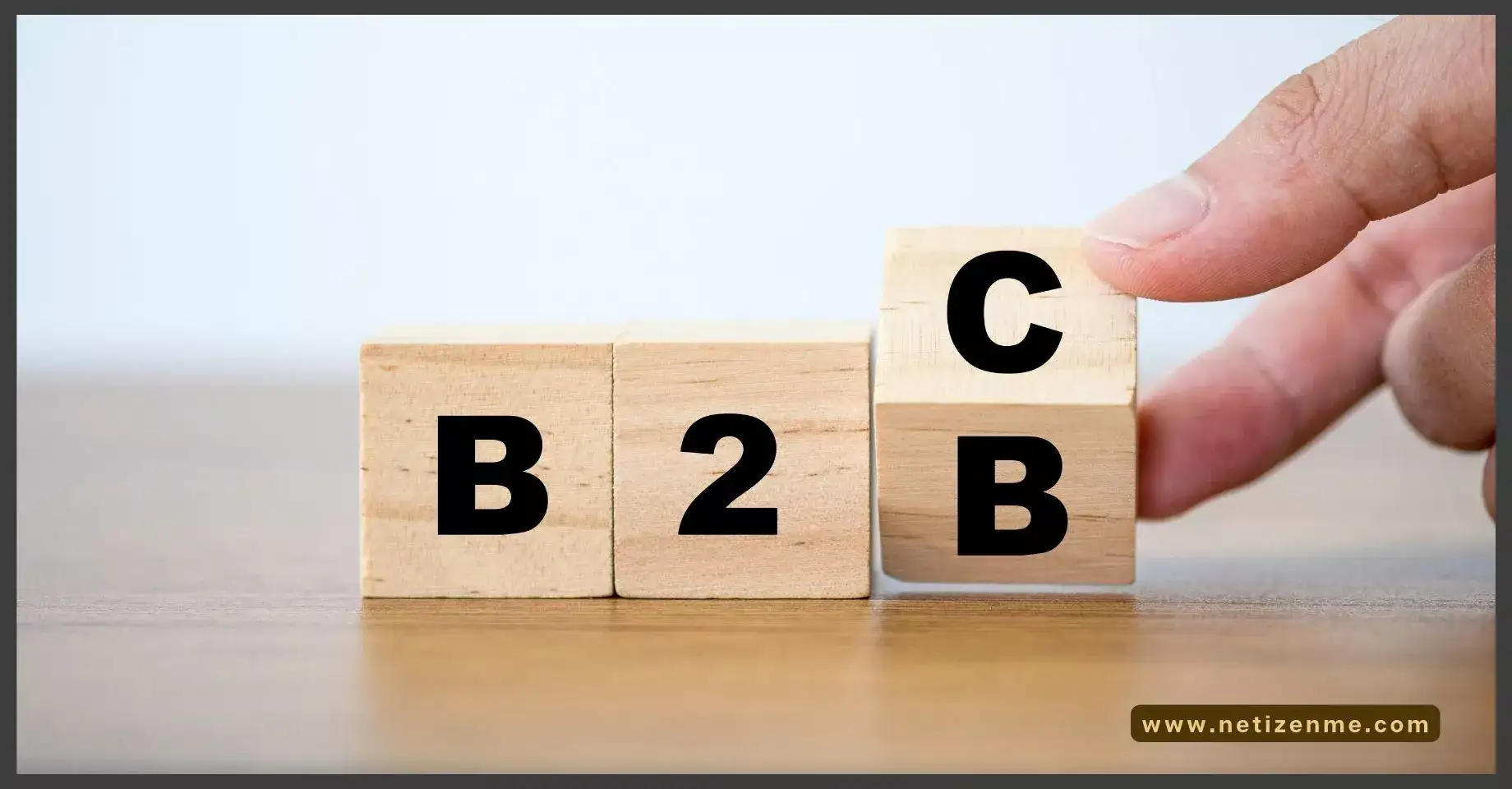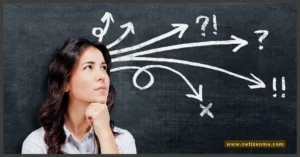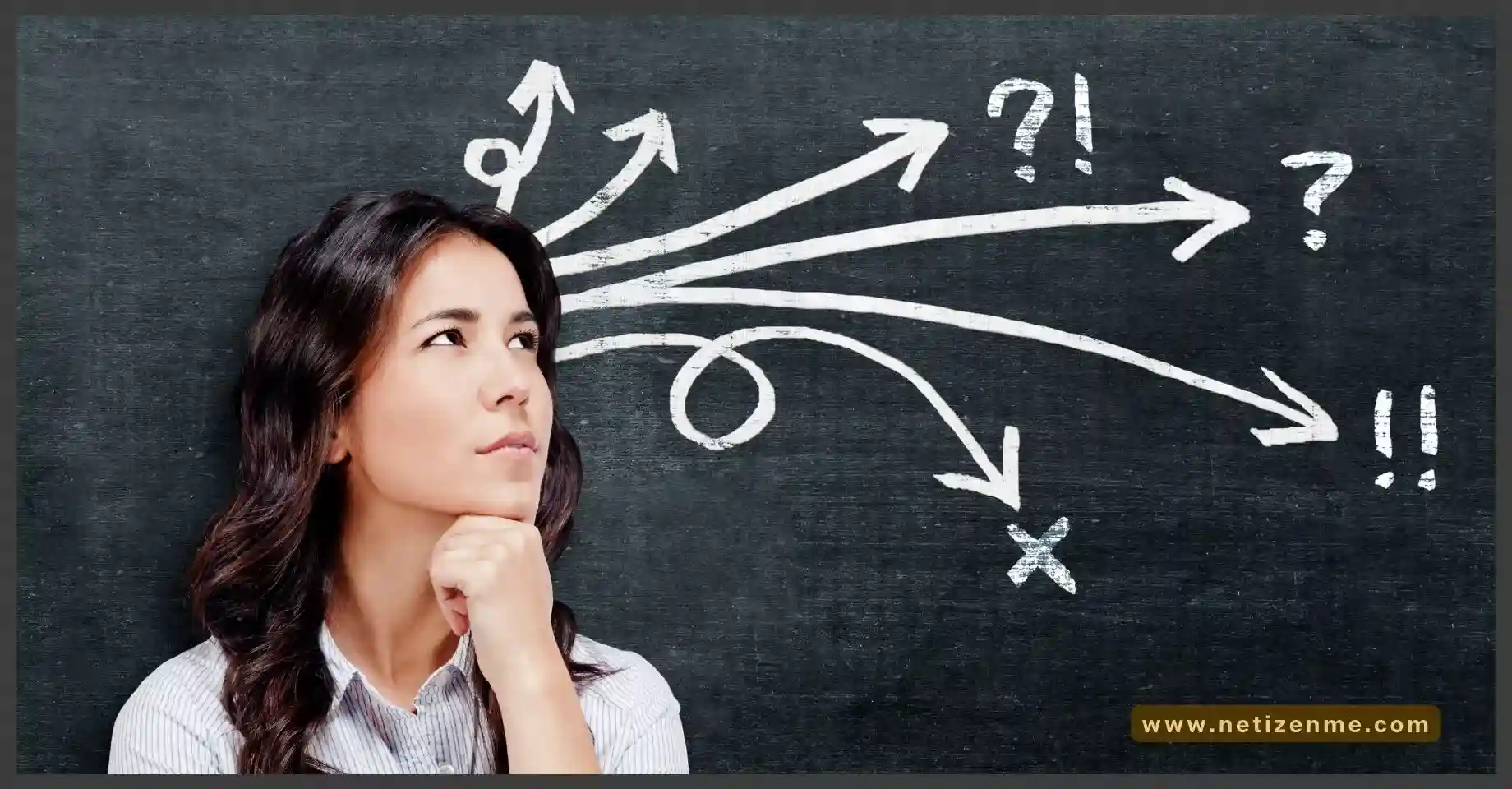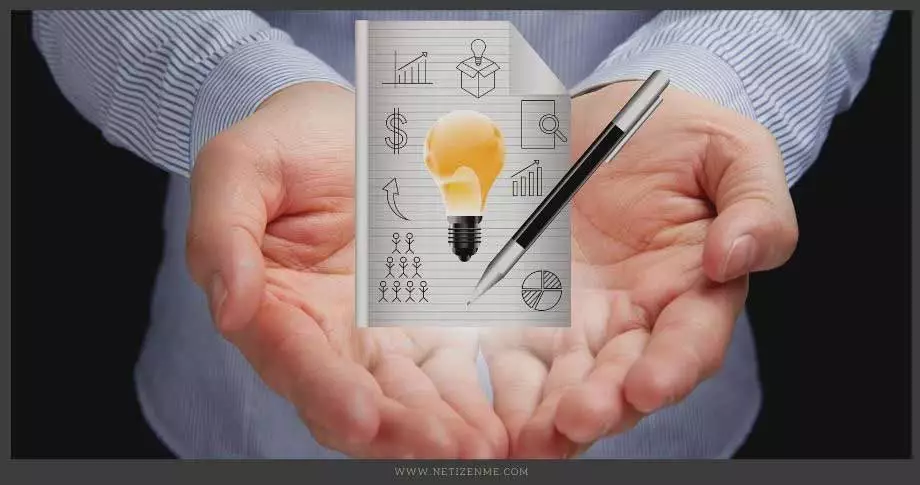
What is the Difference between B2B and B2C?
E-commerce refers to buying and selling goods and services via an electronic medium such as the internet. The main types of e-commerce include business-to-business (B2B), business-to-consumer (B2C), and consumer-to-business (C2B)
Business to Business (B2B)
B2B is the fastest-growing e-commerce sector and refers to e-commerce activities between businesses. “A B2B company sells products and services to other companies” (Shields, 2017). The company that purchases from a B2B will either use the products for its operations or resell them to the end consumer. Shopify, Alibaba, IBM, Hewlett Packard (HP), Cisco, and Dell are examples of B2B e-commerce sites.
What are the primary characteristics of B2B?
- Contains fewer buyers who make large-scale orders
- Derived demand (B2B derives demand from the need for consumer goods in the B2C market)
- More inelastic demand means that short-term price changes are not affected as much.
- Demand fluctuates more quickly than B2C because of the bullwhip effect. Therefore, a slight change in consumer demand can significantly impact the entire value chain.
- The buying unit involves more buyers; thus, the decision-making unit (DMU) is more significant.
- More professional purchasing effort: B2B applies professional purchasing methods based on information and rationality, including straight re-buy, substantial repurchase, and new purchase
- More complex buying decisions and formalized buying process
- There is a strong focus on building and maintaining long-term relationships
- Focus on price and cost-saving
Business to Consumer (B2C)
B2C refers to e-commerce activities focused on the consumer rather than the business. A B2C sells products and services directly to the end-user. Companies like Amazon, Zappos, and Netflix are some of the online B2C companies.
What are the primary characteristics of B2C?
- Contains more buyers who make small orders
- Direct demand
- More elastic demand means that it is affected more by price changes
- More stable demand
- Single buyer – much smaller DMU
- More straightforward buying effort and buying decisions and an informal buying process
- More short-term relationships
What are the similarities between bb and b2c?
Buyer personas: Both models need to “identify and develop your buyer personas before they can build out a marketing strategy” (Brenner, 2019).
Both B2B and B2C buying processes begin with need recognition: Regardless of the business model, the first thing to do is establish the target market’s need. By doing this, they can solve client-specific problems.
Marketing and sales alignment: “When sales and marketing work together, both B2B and B2C companies can expect to close more deals and achieve faster revenue and profit growth” (Brenner, 2019). Ensure alignment by developing and implementing clear sales and marketing plans that guide at all times.
Data-Driven ROI: “Both B2B and B2C need to collect, analyze and use data to evaluate and improve their marketing strategy and performance” (Brenner, 2019).
What Are the Fundamental Differences Between B2B and B2C?
The main difference between B2B and B2C is their intended market. B2B cells to businesses resell their products, while B2C sells directly to the end consumer. Other differences include:
| B2C | B2B | |
| Buying decision making | Purchases are made for individuals or households, and buyer decisions include the input of influences and other users. | Many people are involved in the buying decision and can be from different departments in the organization. |
| Volume and size of transactions | Small order volumes | Large order volumes with an overage order value (AOV) of a B2B being several times higher than for a B2C |
| Types of decisions and the decision process | More complex buying decisions with longer decision cycles | Much simpler buying decisions with shorter decision cycles |
| Customer Retention strategies | Customer relationships are more short-term in nature, with more reliance on mass marketing via advertising, websites and social media, and retail. | Customers are retained through customer satisfaction and loyalty strategies and market intelligence measures. The Sales process customization for each client using technology |
| Product standards | Less-rigid product standards | More rigid product standards |
| Pricing models | Multiple pricing tiers and order volume discounts | Single pricing tier for all customers |
| Customer service vs account manager | Account managers handle all issues and remain in regular contact with customers to increase sales and provide any needed assistance. | Companies use customer support representatives to respond to customers’ queries and issues. |
| Website structure | Websites are generally used as dashboards for businesses to easily access the products they want to purchase ad access account information. | The websites are built to attract lead generation and conversion. |
| Checkout process | The checkout process has multiple steps and options | Checkout is streamlined to avoid customers abandoning their carts. |
Impact of electronic tools on the relationship between B2B and B2C e-commerce models
“Technology is the main fuel behind the evolution and existence of B2B and B2C e-commerce industry” (IndustryWired, 2019). With the technology comes consumers’ increased access to various electronic tools such as mobile devices that are changing the relationship of e-commerce models. More specifically, electronic tools have led to the rise of e-commerce sites that offer convenient ways for people to shop in the comfort of their homes. Furthermore, through these sites, customers can quickly provide feedback to improve service provision leading to better shopping experiences and increased customer satisfaction and loyalty.
Also, providing faultless payment processes has given B2B and B2C businesses more credibility. Customers have become more trusting and willing to do business online because of their money and data’s assured safety and security.
Companies can use different electronic tools such as websites and social media to create new marketing, sales, and customer support channels. They can also use interactive capabilities on various platforms to build closer relationships with customers. For example, through different Web personalization technologies, companies can deliver Web pages with content geared to the specific interests of each user. On the other hand, customers can easily research a company or its products online through their mobile devices, which improves decision-making.
Check the following reference articles to learn more about the What is the Difference between B2B and B2C?
- Brenner, M. (2019, August 31). B2B And B2C Marketing: Is There Really Any Difference? Marketing Insider Group. (URL)
- IndustryWired. (2019, February 6). How does technology impact on E-Commerce Industry? (URL)
- Shields, G. (2017, May 15). B2B vs. B2C: What’s the Difference? Altitude Marketing. (URL)
- How American Express leverages diversity

- Techniques to Shift from Individual to Corporate Foresight

- The Digital Workspace

This article is written by:
Our professional writers and editors are passionate about sharing high-quality information and insights with our audience. We conduct diligent research, maintain fact-checking protocols, and prioritize accuracy and integrity to the best of our capacity.
You can cite our articles under the author name "Netizenme"







